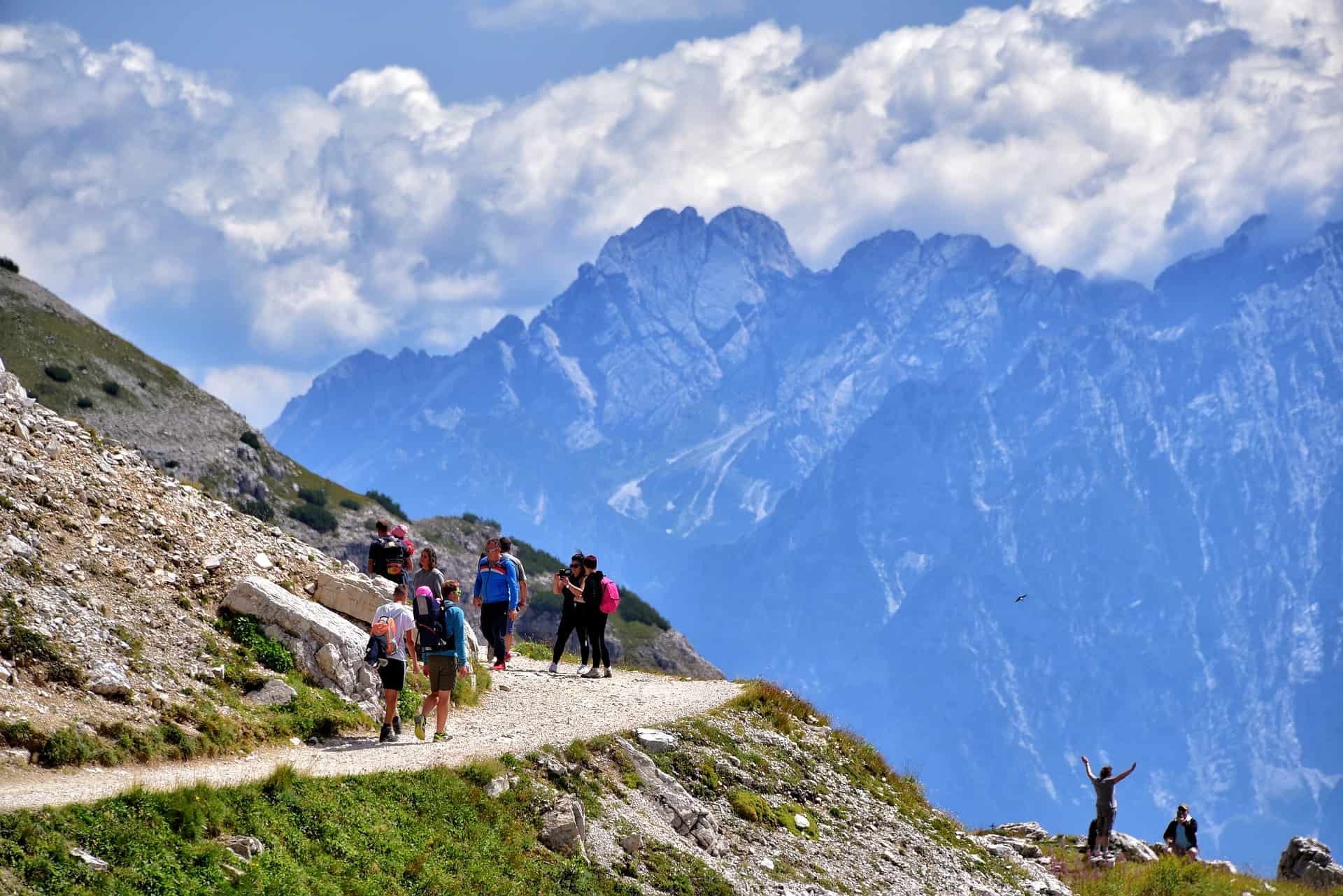
Sponsored article
Summer in the mountains can be especially oppressive due to the fact that the sun can bake harder. Therefore, it is important to know how to dress properly and what to take with you for a safe and comfortable journey.
Before we get to the basic clothing items, pay attention to a few things that will keep you cool and comfortable:
It may seem counterintuitive to wear synthetic materials in the heat, but materials like nylon and polyester are lightweight, loose and breathable. Nylon and polyester are also durable and quick-drying – essential when you’re sweating uphill.
It may be wool, but this natural temperature regulator will keep you cool when it’s hot outside. It’s worth learning more about the benefits of merino wool.
Clothing with moisture-wicking technology helps wick moisture away from your skin so you can stay dry longer.
It may not exactly be labeled as such, but odor-fighting technology is useful for obvious reasons. It’s especially useful in clothing made from nylon and polyester, which are great for lightweight hiking gear but have difficulty managing odor on their own.
Most clothing protects your skin from the sun, but UV rays have been known to penetrate some fabrics. Make sure you are fully protected with clothing that provides UPF 15, UPF 30 or UPF 50+ sun protection.
Hidden mesh ventilation panels will improve airflow on a hot day. Look for clothing that allows you to detach the ventilation panels on shirts or shorts.
A breathable long-sleeved top is a good idea on days with high UV rays to protect your skin, and there are several different options to help you stay cool. As a minimum, we recommend a t-shirt, such as a pitbull, to protect your shoulders from the sun and any potential chafing or abrasion from the backpack. As for pants, a simple pair of lightweight, quick-drying shorts for an easy and comfortable hike should be 100 percent sufficient. However, when you want to jog a bit during your hike, opt for shorts with inner mesh to keep you dry and fresh.
Long pants may seem like a risky choice on a hot day, but they offer plenty of protection. If you tan easily, long pants will protect you from the sun as well as from falls on the trail. They are also ideal for hiking trails where you may rub up against branches, weeds, thorny plants, and anything else the trail can throw at you.
Speaking of socks, it’s important to mention that heat is a breeding ground for blisters, so choose a temperature-regulating material like merino wool. Don’t wear cotton socks because they won’t have a chance to dry. Seamless are a must, but consider them if you’re hiking for several days or have feet prone to blisters.
Protect your face and neck with a wide-brimmed hat. Some hats provide UPF protection and/or ventilation to keep you cool. Try to wear a hat and make sure to apply sunscreen to your neck and ears at regular intervals.
You don’t have to wear leather shoes, but your hiking shoes should provide support, protection from rocks and roots, and traction on wet and dry surfaces, which the salewa raven will guarantee.
A hiking backpack with the right harness will keep air circulating between you and the pack, keeping you cooler and more comfortable. A typical daypack starts at 28 liters and can go up to 75 liters for longer hikes. A great eco-friendly alternative would be recycled backpacks.
View this post on Instagram.
You will need a water bladder that holds at least 2 liters of water. See our safety tips below.
They will eliminate glare and protect your eyes from UVA, UVB and UVC rays.
Should have protection of no less than UPF 50.
Accidents happen even to the most safety-conscious hikers. Don’t take any chances. You should have at least some patches, disinfectants, bandages, and band-aids.
We sweat on hot days to cool our bodies. But prolonged sweating can mean we lose many important electrolytes in our bodies, such as sodium, potassium, and chloride. Take some oral rehydration solutions to put in your water bottle when you’re feeling a little tired and dehydrated.
Featured photo: Pixabay